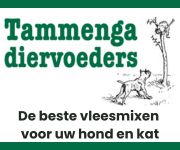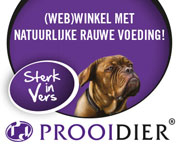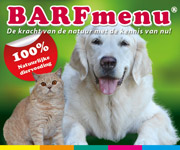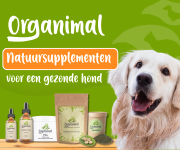Ik had dit gevonden over wilde eenden en ganzen..
Het is denk ik plaatselijk,en in verschillende omgevingen.
Ik heb ook geen idee hoe het in Holland is,maar ik zou in ieder geval het vel en het vet van de gans halen.
Niet alleen voor eventueel aanwezigheid van PCBs,maar ook omdat er vrij veel vet aan 'n gans zit.
(PCBs, or polychlorinated biphenyls
http://www.atsdr.cdc.gov/tfacts17.html)
En wees er ook zeker van dat er geen lood kogeltjes in zitten.
~~~~~~~~~~~~~~~~~~~~~~~
There can be a concern about the level of PCBs and other contaminants in
wild fowl. I think your local Fish and Game department would know about any
potential problems in your area. The PCBs are apparently concentrated in
the fat, so removing the skin and the outer layer of fat might make them
safer. You may also need to be cautious that none of the shots are left in
the birds, although I believe lead shot has been banned in the US (not sure
how long ago).
~~~~
Is it safe to eat the meat of Canada geese that have been rounded up and slaughtered?
Several studies have found unacceptable levels of PCBs, dieldrin, heptachlor, and herbicide residues in the meat of Canada geese that have been rounded up and slaughtered. Some of these chemicals are known carcinogens and neurotoxins, and they may have reproductive or developmental effects. Because of this, toxicologists conducting these studies have recommended that meat containing these residues not be consumed by pregnant women or young children.
http://www.hsus.org/wildlife/urban_wild ... ealth.html
~~
http://www.shawsheen.org/News___Info/Mo ... ducks.html
http://www.state.ma.us/dph/beha/waterfow.htm
"In all areas other than the Housatonic River area, to reduce exposure to PCBs, wild waterfowl should be skinned and all fat removed before cooking."







